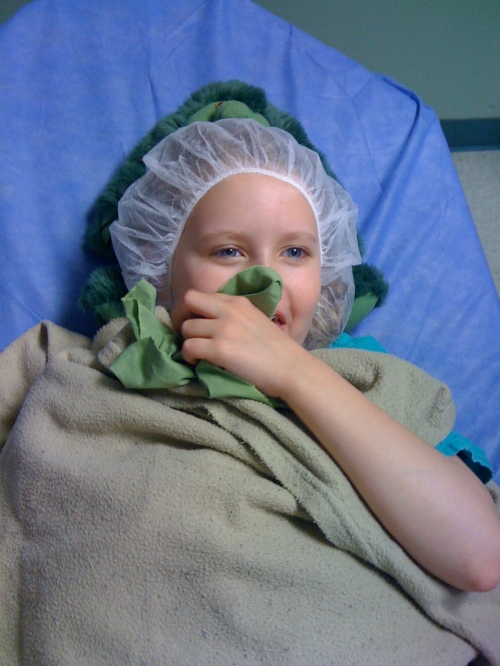Over the weekend I witnessed a young man who did not easily speak and when he did say a word, it was clear how hard he was having to work for that one syllable. Yet the people around him bombarded him with questions. Questions he could not answer with spoken language, but that did not stop them from asking. When he managed to make a sound resembling the answer they wanted, they would pause for a moment before asking him another question. After about ten minutes of this he retreated into what looked like a sensory friendly room, where he rocked gently back and forth, holding his hands over his ears. Even so, the questions continued.
Another boy who was having his lunch was told during a ten minute time period to “look at me” more than a dozen times. He too could not easily speak and was asked a great many questions. Things like, “Is that good?” When he said, what sounded like, “Yes,” the other person said, “Look at me. Stop. Put down your fork. Look at me. Is it very good?” When he again said, “Yes,” he was allowed to eat his lunch for a few seconds in peace before the next question came.
People often ask me why I object to ABA therapy. It is not only ABA therapy that I object to. It is ANY therapy that treats another human being as these very well-intentioned people were treating these young people, all of whom were teenagers. I object to the way so many, who are in the field of autism are trained and how that training affects how they speak to and interact with people who are autistic. I do not, for a moment, doubt that they believed that what they were doing was good and ultimately helpful to the kids they were working with. Yet each one of them was unconsciously or not, treating those kids as though they could not and did not understand what was being said to and about them. The kids were not being treated as one would treat their same age non autistic peers.
On the Presume Competence – What Does That Mean Exactly – post I wrote, “What I have come to understand, is that a presumption of competence is much more than a set of beliefs, it is a way of interacting with another human being who is seen as a true equal and as having the same basic human rights as I have.”
What I saw was fairly typical of what I see often – well-meaning people who are working with autistic people, but who do NOT presume them competent, not really. Had I said something to any of these people, I’m sure they would have expressed surprise with my observations of what they were doing and how they were interacting. I would even guess that they would have told me that they were presuming them competent. These were not mean people, they were not sadistic people, these were people who believed in the training they’ve been given and believed this was the best way to interact with these teenagers.
At one point the young man who was trying to eat his lunch, looked over at me and my son. My son, smiled at him and I did a little wave and said, “hi.” He nodded his head ever so slightly at us and then the person who was paid to sit with him, asked him another question. I do not doubt for a second that all the kids there were competent. In fact I am convinced of it. I know it to the core of my being as I have been around so many people who cannot speak, or who can speak, but not easily or naturally and who are all competent. But this was not how they were being treated. This idea, which is popular with a number of therapies, not just ABA, that we withhold desirable things until the person speaks as demanded, is not something I agree with because it is based in a presumption that wanting something is equated with ability and this is incorrect, even if it obtains the desired result – a verbal utterance.
Until Emma began to write, using her letter board, I had a great many thoughts about her that have proven incorrect. Until she began to express herself through those words she painstakingly spells out, I was not treating her as the exceedingly competent human being that she is, even though I often thought I was. Even now, on any given day, I do not do this as well as I’d like to. All those years of ingrained thinking are extremely difficult to change. But change I must…





